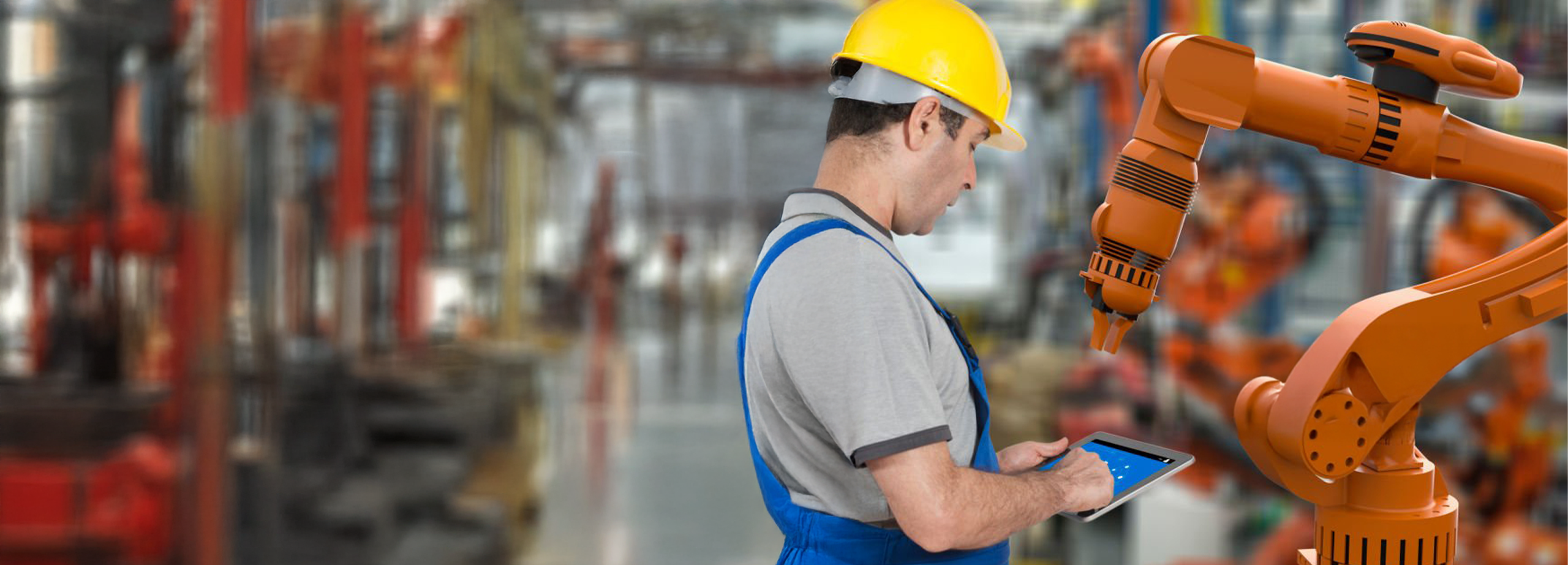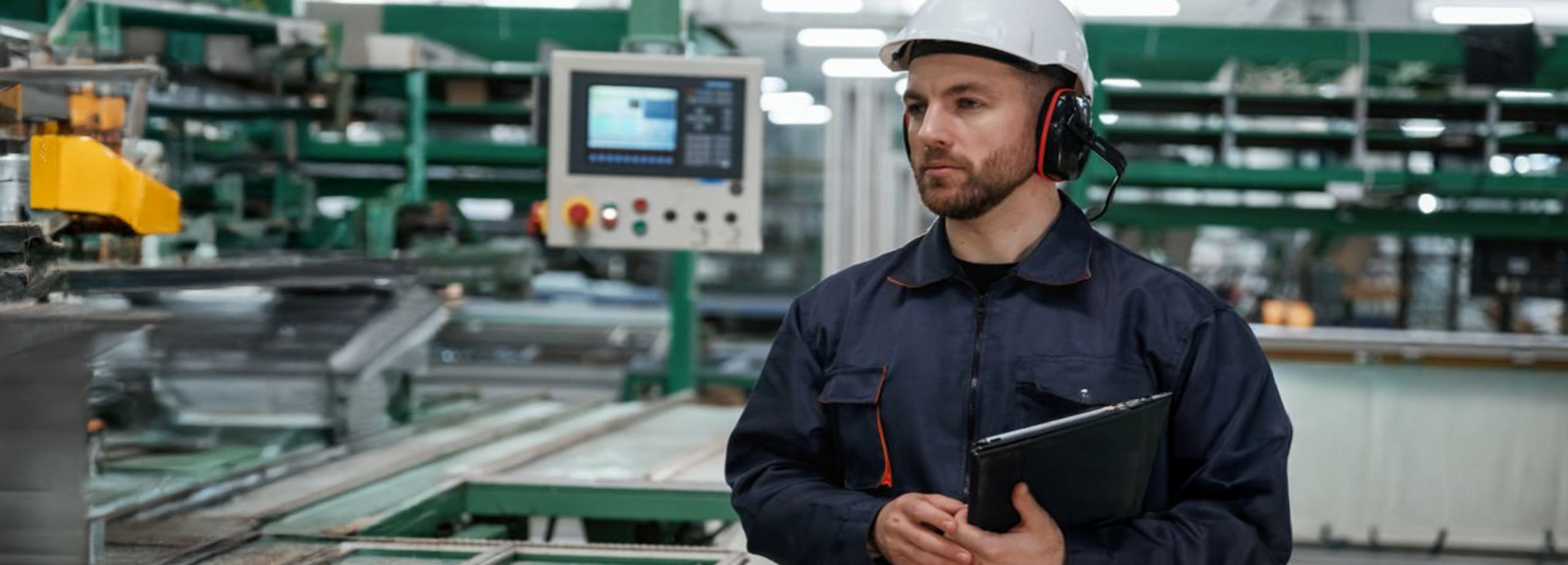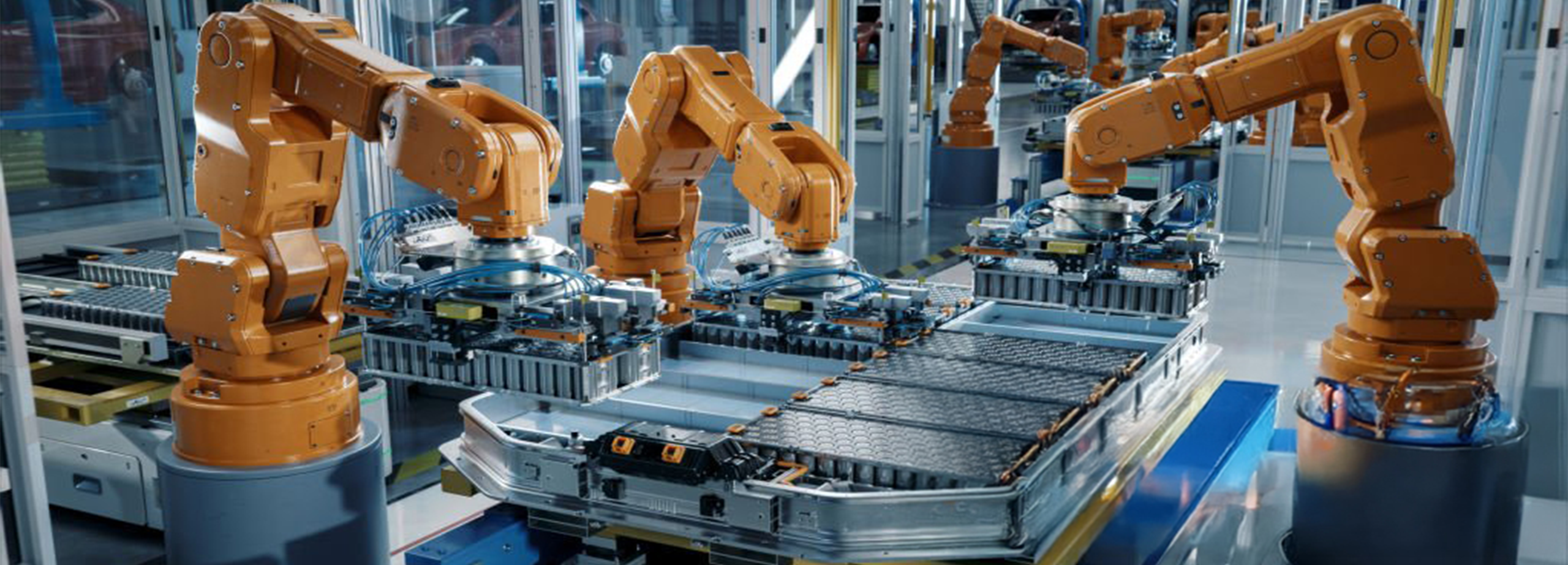In the competitive landscape of manufacturing, particularly within the auto component sector, maintaining high-quality standards is essential for customer satisfaction and operational efficiency. Closed-loop quality control systems (CLQCS) have emerged as a transformative approach that enables manufacturers to improve the quality of finished products, optimize rework processes, and effectively manage scrap. By integrating real-time data monitoring, proactive defect prevention, and continuous feedback loops, closed-loop systems facilitate a comprehensive quality management strategy that aligns with modern manufacturing demands. This white paper explores the complexities and challenges associated with developing and implementing closed-loop quality control in manufacturing systems, highlights their benefits for auto component manufacturers, and examines how they help manage customer expectations.
The Role of Closed-Loop Quality Control Systems
Closed-loop quality control systems leverage advanced technologies to create an interconnected framework for monitoring and improving product quality throughout the manufacturing process. Key components of CLQCS include:
- Real-Time Monitoring: The integration of sensors and IoT devices allows manufacturers to monitor production parameters continuously. This capability enables early detection of deviations from quality standards, facilitating immediate corrective actions before defects escalate.
- Proactive Defect Prevention: Unlike traditional quality control methods that often rely on post-production inspections, closed-loop systems take a proactive approach by analyzing data throughout the production cycle. This continuous analysis helps identify potential defects early, allowing for timely interventions.
- Data-Driven Decision-Making: Closed-loop systems provide manufacturers with actionable insights derived from real-time data analytics. This wealth of information supports informed decision-making regarding process improvements, resource allocation, and quality control strategies.
- Optimized Process Parameters: By understanding how various factors influence production outcomes, manufacturers can adjust process parameters dynamically to maintain optimal conditions. This adaptability minimizes the risk of defects and enhances overall product quality.
- Traceability and Accountability: Closed-loop systems enhance traceability by maintaining detailed records of production processes. This feature enables manufacturers to quickly identify the source of quality issues and implement corrective measures effectively.
Complexities and Challenges in Developing Closed-Loop Quality Control Systems
Implementing closed-loop quality control systems involves navigating several complexities and challenges:
- Integration with Existing Systems: Successful implementation requires seamless integration with existing Enterprise Resource Planning (ERP) and Product Lifecycle Management (PLM) systems. Ensuring compatibility between various software platforms can be technically challenging.
- Data Management: The effectiveness of closed-loop systems depends on the quality and accuracy of data collected from multiple sources. Manufacturers must establish robust data management practices to ensure that information is reliable and actionable.
- Cultural Shift: Transitioning to a closed-loop quality approach necessitates a cultural shift within organizations. Employees may resist changes due to unfamiliarity with new technologies or fear of job displacement.
- Continuous Improvement Processes: Maintaining the effectiveness of closed-loop systems requires ongoing analysis and refinement. Manufacturers must establish processes for regular review and updates based on performance metrics and feedback.
- Cybersecurity Concerns: As closed-loop systems rely on interconnected devices and data sharing, manufacturers must prioritize cybersecurity measures to protect sensitive information from potential breaches.
Benefits of Closed-Loop Quality Control Systems for Auto Component Manufacturers
The implementation of closed-loop Quality control in manufacturing systems has yielded significant benefits for auto component manufacturers:
- Enhanced Product Quality: By enabling real-time monitoring and proactive defect prevention, closed-loop systems significantly improve product quality. Manufacturers can ensure that each unit meets stringent quality standards, leading to increased customer satisfaction.
- Optimized Rework Processes: Real-time insights allow manufacturers to address quality issues as they arise, reducing the need for extensive rework after production. This efficiency not only saves time but also minimizes costs associated with reworking defective products.
- Reduced Scrap Rates: By preventing defects before they occur, closed-loop systems contribute to waste reduction. Manufacturers can minimize scrap rates associated with non-conforming products, leading to more sustainable operations.
- Improved Operational Efficiency: The data-driven nature of closed-loop systems enhances overall operational efficiency by streamlining processes and reducing variability in production outcomes.
Case Studies Highlighting the Impact of Closed-Loop Quality Control Systems
Case Study 1:
- Overview: A leading automotive manufacturer introduced a closed-loop quality control system across its production plants to enhance product consistency.
- Implementation: By integrating IoT sensors into production lines, the company was able to monitor key parameters in real time.
- Outcomes: The initiative led to a 30% reduction in defects during assembly processes, enabling faster response times to quality issues and improving overall product reliability.
Case Study 2:
- Overview: A leading automotive manufacturer adopted a closed-loop system to streamline its supply chain processes.
- Implementation: The system provided real-time feedback on component quality from suppliers, enabling the company to address issues before they impacted production.
- Outcomes: This initiative led to a 25% reduction in scrap rates, driven by improved supplier collaboration and proactive defect management.
Case Study 3:
- Overview: A global automotive leader integrated closed-loop quality management principles into its production system.
- Implementation: By leveraging advanced analytics tools, the company continuously monitored production variables to ensure optimal quality control.
- Outcomes: This initiative resulted in significant improvements in product consistency and a 15% reduction in rework costs across its manufacturing facilities.
Case Study 4:
- Overview: A leading aerospace manufacturer applied closed-loop quality control measures to enhance its aircraft assembly processes.
- Implementation: The company utilized real-time monitoring tools to track assembly operations and identify inconsistencies early.
- Outcomes: This approach resulted in a 40% reduction in non-conformance reports (NCRs) through proactive defect detection and resolution strategies.
Emerging Trends in Closed-Loop Quality Control Systems

As industries continue to embrace digital transformation, several trends are emerging in the realm of closed-loop quality control:
1. Artificial Intelligence (AI) Integration:
AI technologies are increasingly being integrated into closed-loop systems to enhance predictive analytics capabilities. AI algorithms analyze historical data patterns to forecast potential defects before they occur.
2. Advanced Analytics Tools:
Manufacturers are leveraging advanced analytics platforms that provide deeper insights into production processes. These tools enable real-time decision-making based on comprehensive data analysis.
3. Industry 4.0 Adoption:
The rise of Industry 4.0 principles emphasizes interconnectedness among machines, devices, and people within manufacturing environments. Closed-loop systems play a crucial role in facilitating this interconnectedness through seamless data sharing.
4. Sustainability Focus:
As sustainability becomes a priority for manufacturers, closed-loop systems contribute by minimizing waste through efficient resource utilization and reduced scrap rates.
5. Enhanced User Interfaces (UI):
Modern closed-loop systems are adopting user-friendly interfaces that facilitate easier access to data insights for operators and managers alike, promoting better engagement with the technology.
Conclusion
Closed-loop Quality control in manufacturing systems are revolutionizing how auto component manufacturers approach product quality management by providing real-time monitoring, proactive defect prevention, and continuous feedback loops throughout the manufacturing process. While challenges related to integration, data management, cultural shifts, continuous improvement processes, and cybersecurity exist, the benefits far outweigh these obstacles. By enhancing product quality, optimizing rework processes, reducing scrap rates, and improving operational efficiency, closed-loop systems enable manufacturers to meet customer expectations effectively while fostering sustainable practices within their operations. As industries continue embracing digital transformation initiatives such as CLQCS, they position themselves for long-term success in an increasingly competitive market landscape where impeccable product quality is paramount for customer satisfaction and brand loyalty.
















